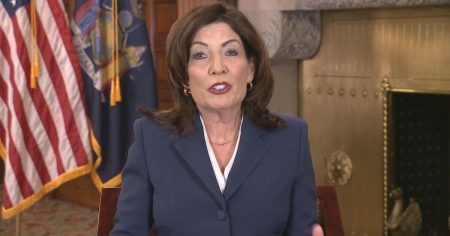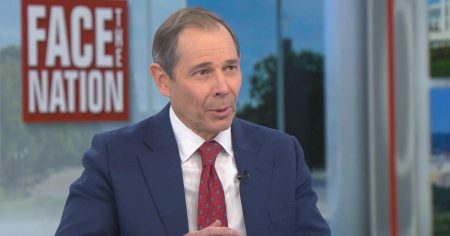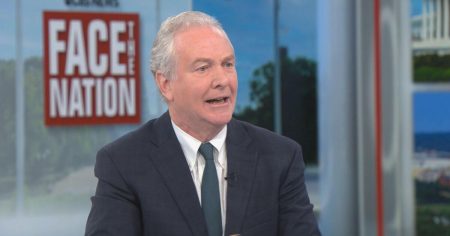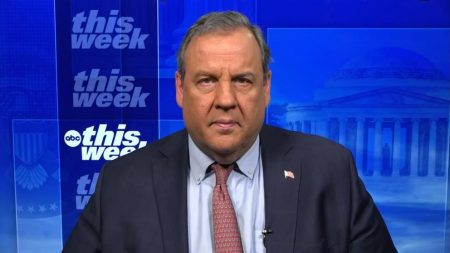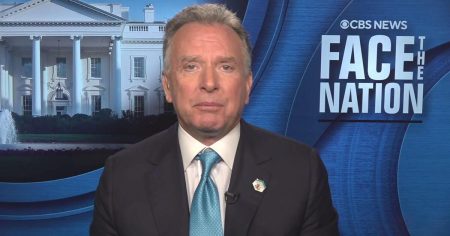The Controversy Surrounding the Department of Government Efficiency
The Department of Government Efficiency (DOGE), a contentious initiative led by Elon Musk and President Donald Trump, has drawn comparisons to a Clinton-era task force that aimed to modernize and streamline the federal government. Musk recently defended DOGE’s aggressive overhaul by likening it to the efforts of former President Bill Clinton and Vice President Al Gore during the 1990s. In a recent X post, Musk highlighted a video compilation of Clinton and Gore discussing their government reform initiatives, suggesting that the current administration is following a similar path. White House press secretary Karoline Leavitt echoed this sentiment, arguing that the administration is fulfilling promises made by Democrats for decades. However, policy experts and those involved in the Clinton initiative have pointed out significant differences between the two efforts.
The Clinton Era: A Targeted Approach to Government Reform
During the Clinton administration, Vice President Gore led a task force that produced over 380 recommendations to make the government more efficient and cost-effective. Clinton signed an executive order shortly after his inauguration, calling for the reduction of 100,000 federal jobs over three years, with a focus on high-level positions. In 1994, the bipartisan Federal Workforce Restructuring Act was passed, offering buyouts to non-Defense Department workers. By the end of Clinton’s term, the federal workforce had been reduced by more than 377,000 employees. These changes were implemented over several years and with the support of Congress, marking a deliberate and collaborative approach to government reform.
The Trump Administration’s Faster, Less Targeted Approach
In contrast, the Trump administration’s efforts under DOGE have been characterized as faster and less targeted. Unlike Clinton, Trump lacks bipartisan support for his initiatives. Donald Kettl, a professor emeritus at the University of Maryland, described the Musk-Trump approach as a "bulldozer," drawing parallels to Musk’s leadership style at X, where he slashed the workforce by 80% after taking over in 2022. Kettl warned that such an aggressive approach is risky, especially when it involves critical government functions like air traffic control and food safety. Since Trump’s inauguration, over 200,000 federal workers across more than a dozen agencies have lost their jobs, with firings occurring at the Department of Energy, USAID, the Environmental Protection Agency, and other agencies.
The Human Cost of Indiscriminate Cuts
The rapid and widespread nature of the cuts has raised concerns among lawmakers and civil servants. Republican Sen. Lisa Murkowski of Alaska expressed dismay over the impact on her constituents, arguing that while reducing government size is a laudable goal, the administration’s approach is causing confusion, anxiety, and trauma for federal workers. Similarly, Sen. John Curtis of Utah criticized the lack of consideration for the human element in the cuts, emphasizing that indiscriminate workforce reductions are neither efficient nor effective in fixing the federal budget. These criticisms highlight the potential long-term consequences of such drastic measures on both government functionality and employee morale.
Expert Skepticism and the Role of Technology
Policy experts and those involved in the Clinton initiative have questioned the effectiveness of DOGE’s methods. Elaine Kamarck, a senior fellow at the Brookings Institution and a leader of the Clinton-era reforms, acknowledged that DOGE has the advantage of advanced technology to reshape government operations. However, she argued that the administration’s haste is undermining its potential to achieve meaningful reform. "If they weren’t in such a hurry, the Trump people could leverage new AI technology to make government more effective," Kamarck said. "But you can’t do it with a blunderbuss, and that’s what they’re doing."
Budget Experts Question the Administration’s Claims
Budget experts have also raised doubts about the administration’s assertions of $55 billion in cuts, noting that the figures are difficult to verify and lack transparency. Additionally, there are concerns about whether the cuts will ultimately lead to savings, as some programs require congressional approval, setting the stage for potential legal challenges. Matt Glassman of Georgetown’s Government Affairs Institute criticized the administration for conflating government waste and fraud with political disagreements. Douglas Holtz-Eakin, president of the American Action Forum, added that achieving significant spending reductions will require reforms to major programs like Social Security and Medicare, rather than indiscriminate workforce cuts. As DOGE continues its controversial overhaul, the debate over its methods and goals remains unresolved.










